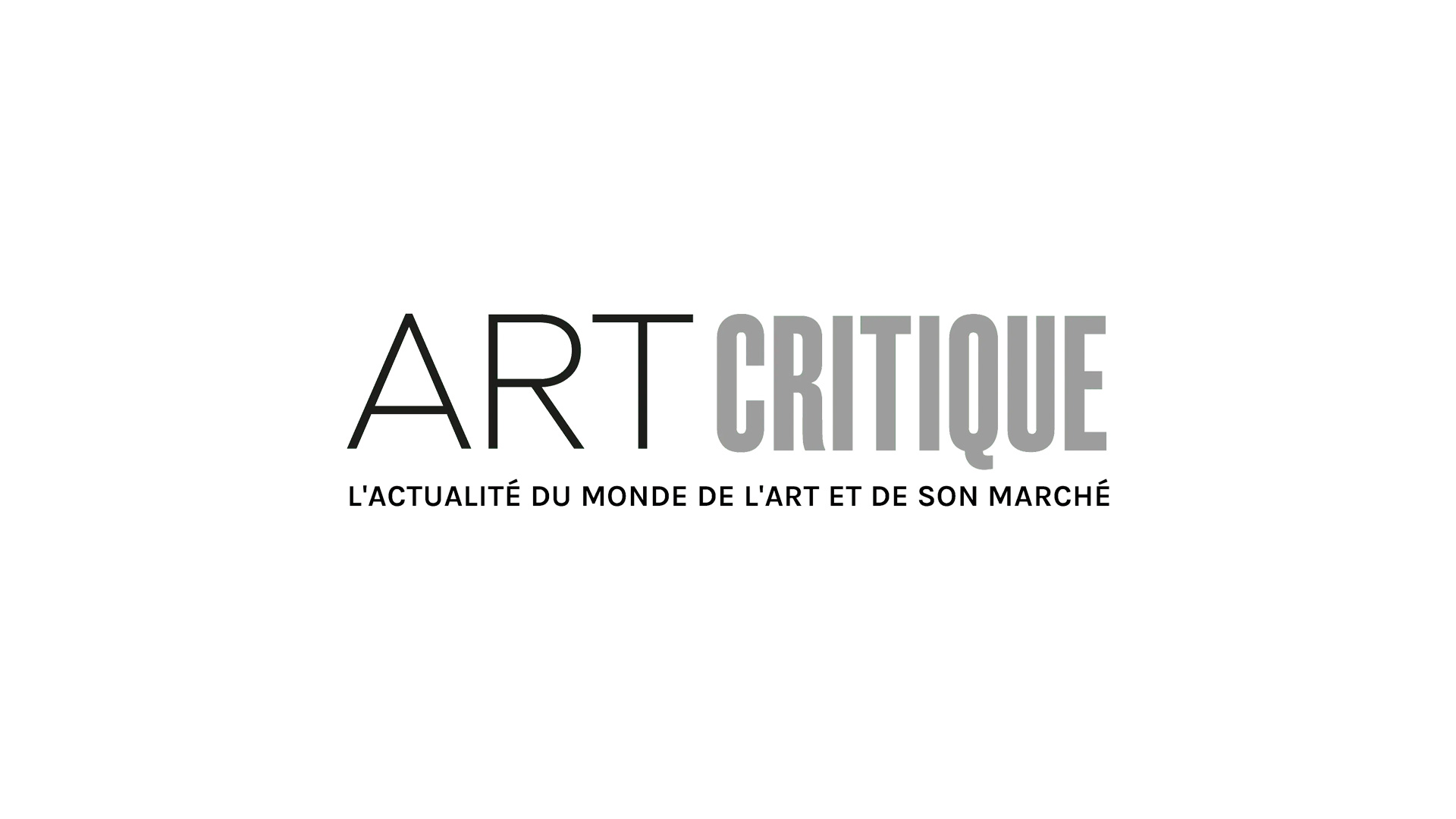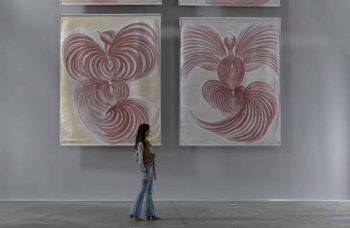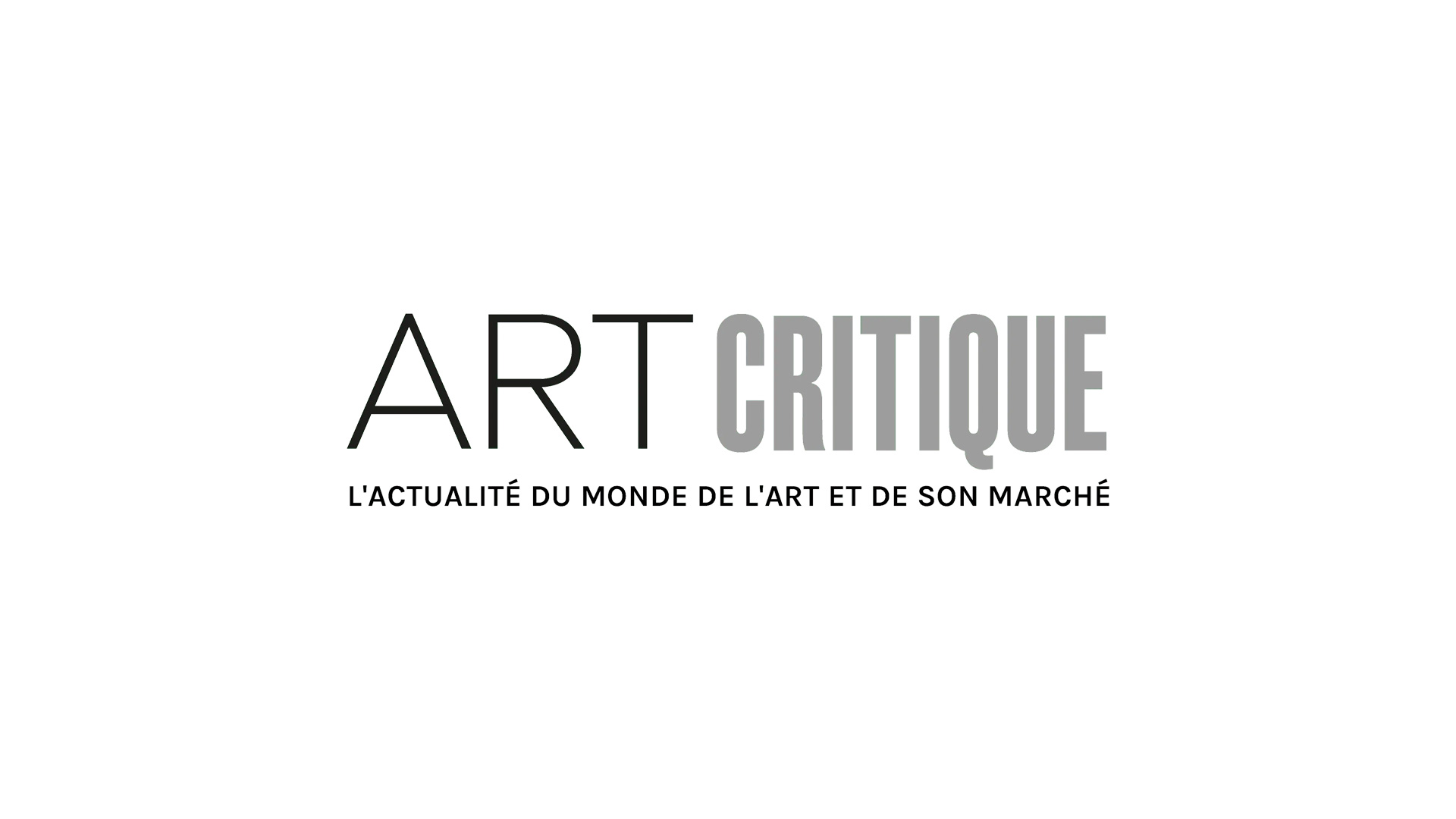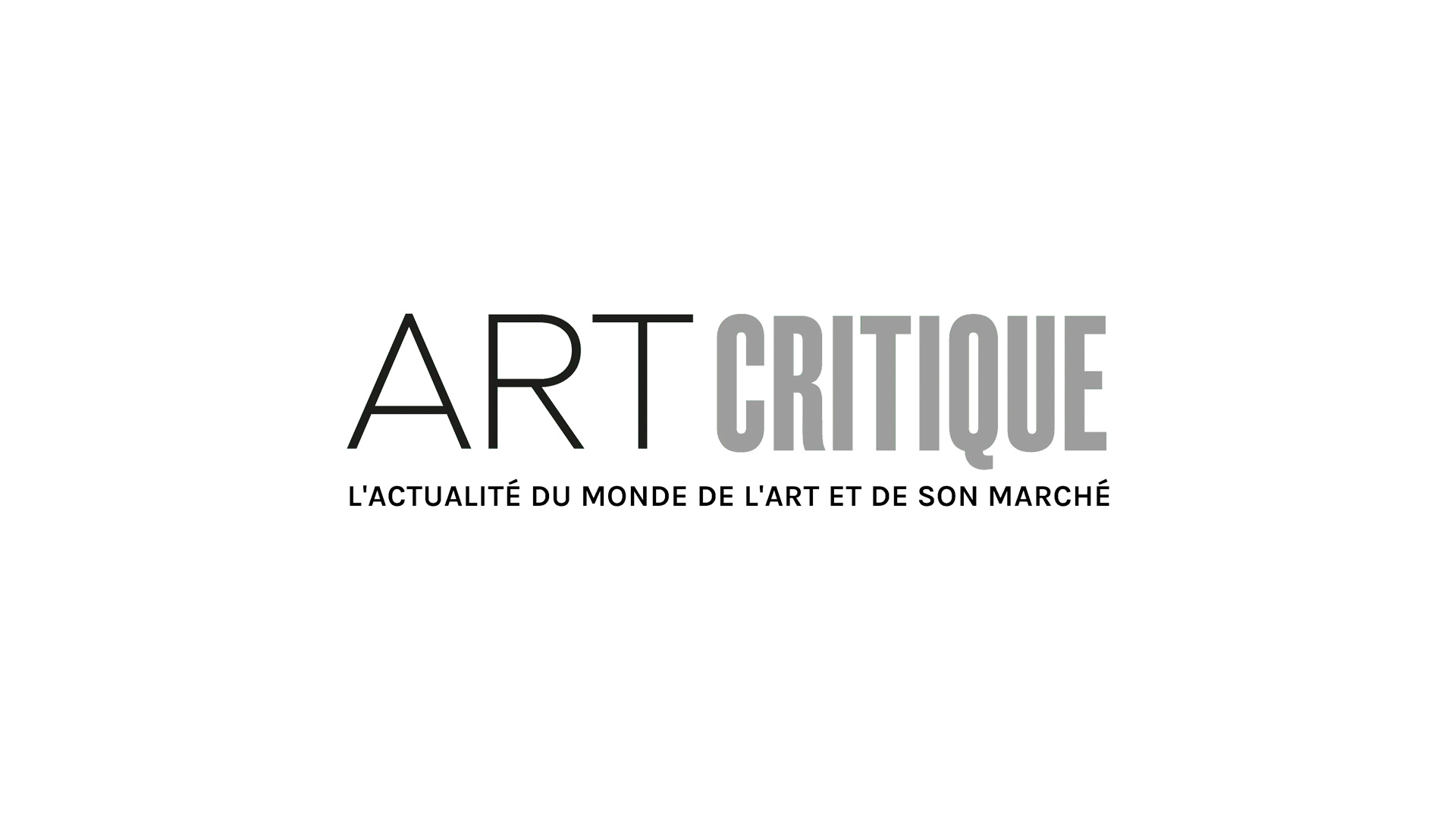This week’s Art World Roundup includes an artist’s initiative to return Barca Nostra to it’s home, a Channel 4 documentary reveals “the Sistine Chapel of the ancients” in Colombia, murmurs of a new addition to Frieze in Seoul emerge, architects call for major institutions to strike Philip Johnson’s name from leadership roles and public spaces, and an ongoing divorce has a question mark looming of a £115 million art collection.
Emmanuele Panzarini calls on artists to help return Barca Nostra
The dire situation of Barca Nostra – Christophe Büchel’s 2019 Venice Biennale Special Projects artwork made from the hull of a ship that sunk in 2015, killing as many 1,200 migrants – has come to light in recent weeks. After a year in Venice, it was promised by the artist that the boat would be returned to Augusta to become part of a memorial garden for men, women, and children who lost their lives, ultimately serving as a reminder of the humanitarian crisis at hand. However, due to legal battles and funds, Büchel has yet to make good on that promise. This is where artist Emmanuele Panzarini has stepped in, with a grassroots effort to return the ship to Augusta, saving it from the scrap yard. On November 24th, Panzarini made an appeal to artists everywhere in a Facebook post, initiating the #SOSforArt hashtag. Panzarini’s idea is to “organize a public auction to which each artist can donate their own work, the fruit of their work, to raise the necessary funds to avoid the destruction of the wreck, to bring it back in Augusta and preserve its memory over time. The value of this idea will be stronger the more people join the initiative.” The artist has offered up an artist’s proof for his work, Mare Nostrum, a 2015 installation made in response to the April 18th, 2015 shipwreck.
Stunning 12,000-year-old paintings hit Channel 4
On December 5th, the UK’s Channel 4 will air a new documentary called Jungle Mystery: Lost Kingdoms of the Amazon. The documentary will cover research conducted between 2017 and 2018 on an incredible series of Ice Age paintings located in Colombia’s Serranía La Lindosa region. Knowledge of the drawings were limited before Serranía La Lindosa was opened up to researchers following a peace agreement between Colombia government and rebels. While working with satellite images, researchers noted the rocks, but still had to gain permission from more rebel groups who controlled the area but had not signed the peace treaty. The drawings, though, were well worth the effort having been dubbed “the Sistine Chapel of the ancients.” Hundreds of drawings in a terracotta-color substance cover the face of the rocks in a remarkable style. “What really impressed me was two things,” University of Exeter researcher José Iriarte told Artnet News. “First, the realism of the pictures. Because of how realistic they are, we are able to say, for example, that they were painting Ice Age megafauna.” The other most impressive thing, according to Iriatre, was “the diversity of the paintings. From aquatic environments you have fish, turtles, anacondas, boas. But you also have birds, like eagles and king vulture. Then, of the terrestrial animals, monkeys, deer, giant sloth, and horses.”

Frieze + Seoul = New fair edition?
In a year of cancelled art fairs, there is talk that Frieze might expand in the coming years with an edition that would hit Seoul in the autumn of 2022. First reported by Hankyoreh, a South Korea newspaper, the source disclosed that a memo of understanding from Frieze was sent to the Galleries Association of Korea laying the groundwork for the fair to potentially expand into Asia. According to Hankyoreh, the fair would fall in line with the Korea International Art Fair (KIAF). “We are always looking at potential new opportunities and have a great relationship with the Korean galleries, institutions, and collectors,” a Frieze spokesperson said in response to the news. “Anything is possible, but there’s nothing to report at this stage.” However, KIAF has called the information “speculative” saying in an email that there’s currently “nothing to report at this time.”
Architects call for the removal of Philip Johnson name
An open letter written by a group of more than 30 architects and designers, many of which have remained anonymous, is urging institutions to remove the name of Philip Johnson from their halls. Johnson, one of the most notable architects of the last century, is also well-known for his white supremacist and racist views. The group, who have dubbed themselves The Johnson Study Group, specifically call on the Museum of Modern Art and Harvard Graduate School of Design to remove Johnson’s name from leadership titles and public spaces. The group acknowledges that Johnson’s work, which includes his iconic Glass House, has its place in the canon of architecture, but raises the harmful impact of his legacy. The letter cites Johnson’s ties to the Nazi party and how he “effectively segregated” the MoMA’s architectural collection among their grievances with the architect, who died in 2005. During his time at MoMA, between 1933 and 1988 when he held various positions, no works by Black designers or architects were included in its collection. “In keeping with Design Justice Demands that have circulated from Design as Protest and in solidarity with the Black Reconstruction Collective, as well as the wider Movement for Black Lives, we cannot pretend that architectural institutions might work toward any dismantling of white supremacy when such work is presented under the name of Philip Johnson,” reads the letter in part. “This is a minor but clarifying step in making room for other legacies to come.

Art in divorce limbo
A Warhol, Rothko, Yves Klein, Damien Hirst, Peter Doig, and millions more in artworks are at the heart of an ongoing £453 million divorce dispute between Tatiana Akhmedova and her former husband and oil magnate Farkhad Akhmedov. The pair headed to court once more this week as Ms. Akhmedova claims she has only received around £5 million from Mr. Akhmedov. Ms. Akhmedova also claims that her son, Temur, has colluded with his father to hide assets, including the £115 million art collection. Of the works, those listed above account for about a quarter of the estimated value of the art collection. It is believed that the collection may be hidden in Lichtenstein where the collection was moved to Stabiq Treasure House in 2016, the same year as the pair’s divorce, according to court papers.







